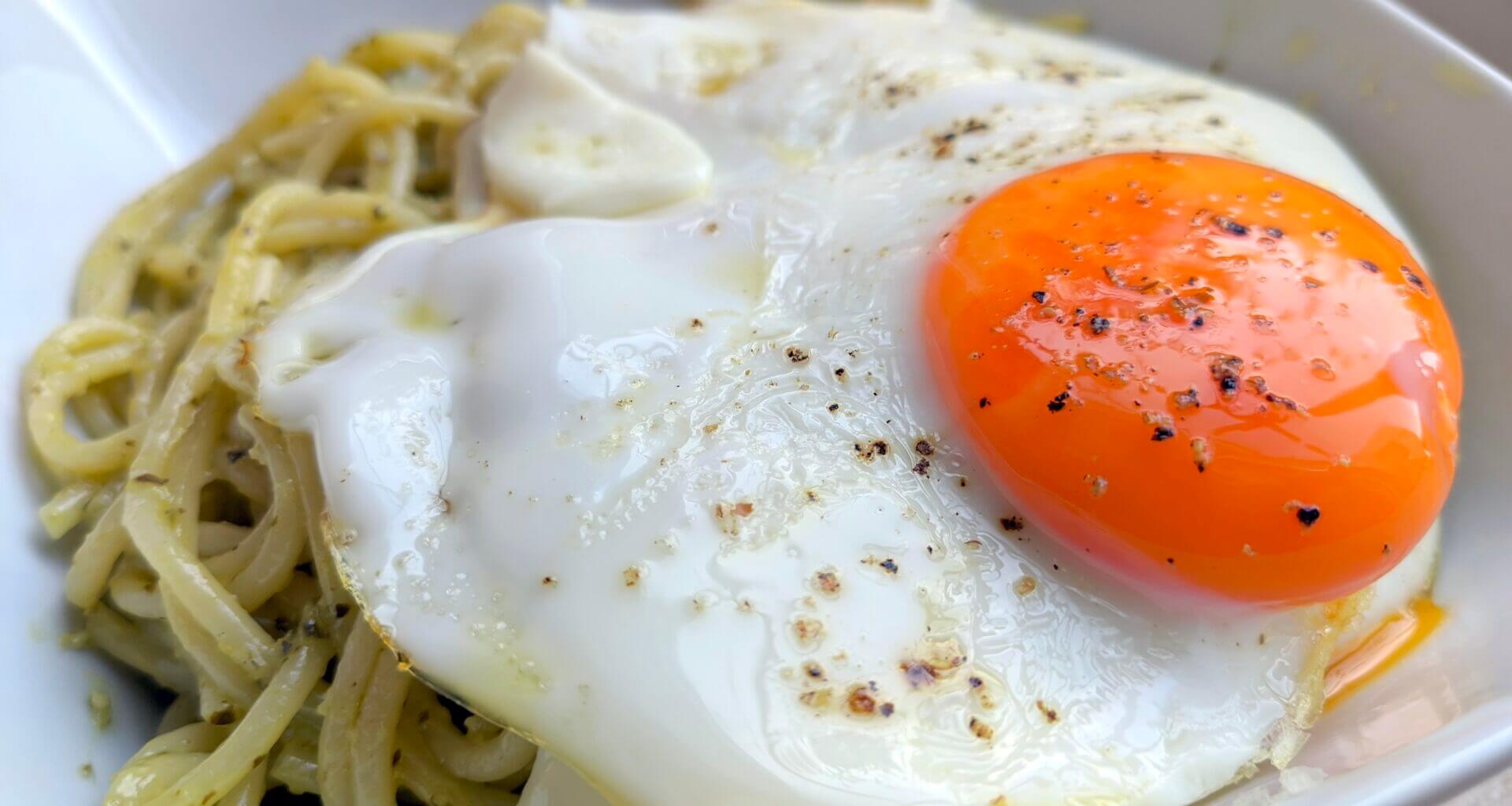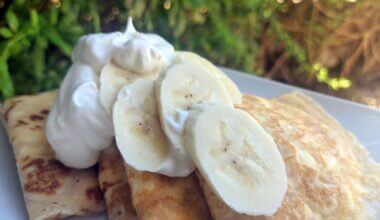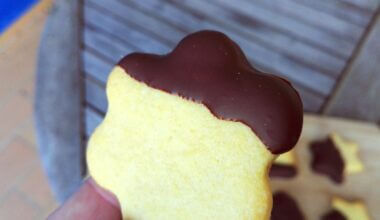Ok, everyone knows what an egg is! But let me tell you, there are way more ways to cook them than you might think. Eggs are probably one of the most versatile ingredients in your kitchen, and honestly, mastering different egg cooking techniques can really level up your cooking game.
You can cook them fast, you can cook them slow, you can make them creamy or firm, runny or set, it all depends on what you’re going for. And here’s the thing: there’s no “wrong” way to like your eggs. Some people love their yolks completely set, others want them so runny they’re basically liquid gold. Both are totally fine!
What I want to share with you are all the most common methods I know for cooking eggs, from the super basic to the slightly fancier ones. Each method gives you a different texture and flavor, so it’s worth trying them all to see what you like best.
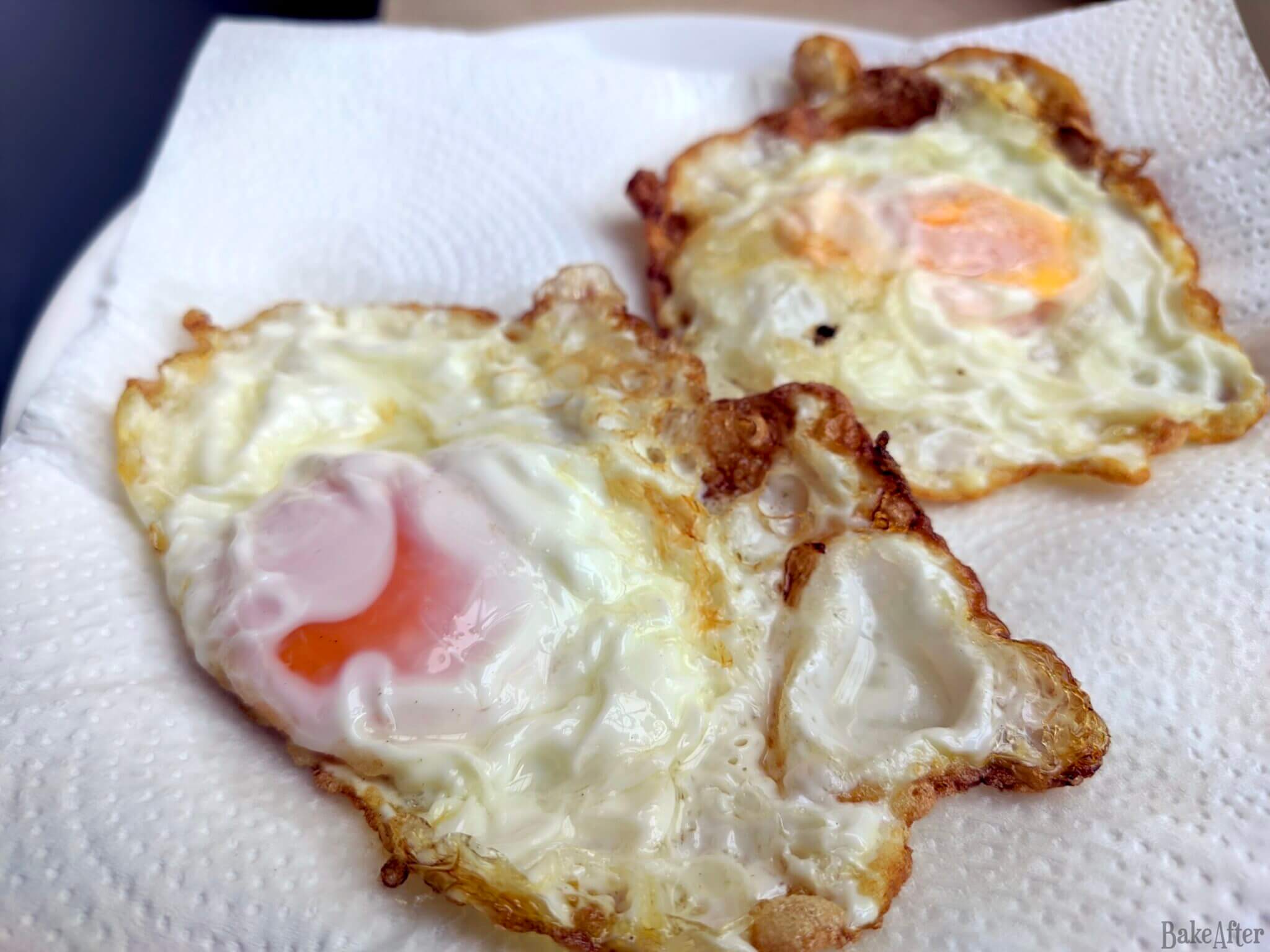
Fried Eggs (The Classics)
Sunny Side Up
This is probably the most iconic way to fry an egg. You crack the egg into the pan and just let it cook without flipping it. The white sets while the yolk stays nice and runny on top, looking like a little sun – hence the name.
How to do it: Heat your pan on medium-low heat with a little oil or butter. Crack the egg into the pan (always crack on a flat surface, not the edge of the pan – trust me on this one). Let it cook until the white is completely set but the yolk is still jiggly. Season with salt and pepper.
Over Easy
Same start as sunny side up, but you flip the egg over for just a few seconds to barely set the top of the yolk. You want the yolk to still be runny when you cut into it.
How to do it: Start like sunny side up, but when the white is almost set, carefully flip the egg with a spatula and cook for about 10-15 seconds. The yolk should still be liquid inside.
Over Medium
Like over easy, but you cook the flipped side a bit longer so the yolk is partially set – kind of like a soft-boiled consistency.
How to do it: Same as over easy, but cook the flipped side for about 30-45 seconds. The yolk will be creamy but not completely liquid.
Over Hard
The yolk is completely cooked through and firm. Some people love this, others think it’s a crime against eggs – you do you!
How to do it: Cook like the others, but after flipping, cook for 1-2 minutes until the yolk is completely set.
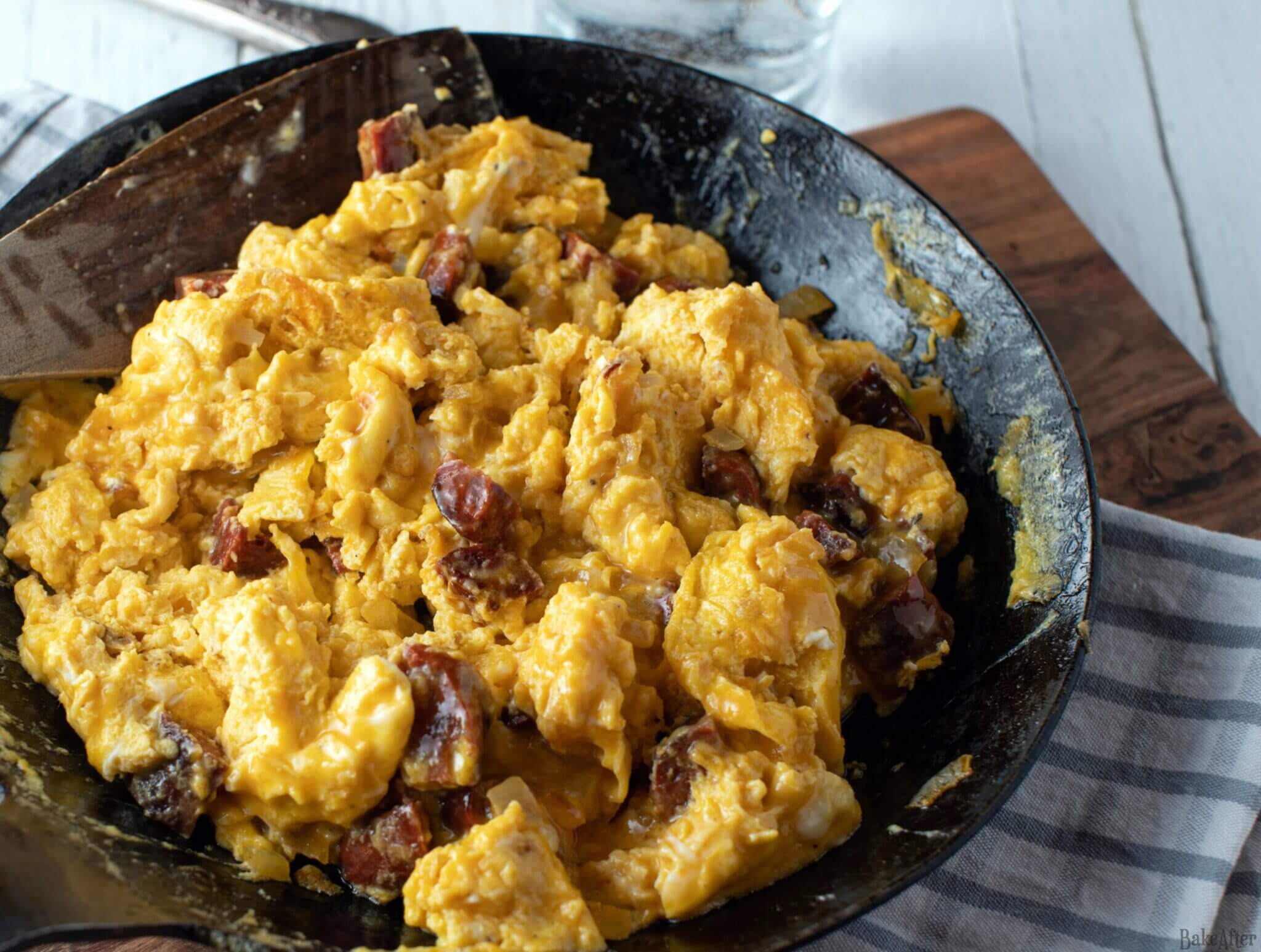
Scrambled Eggs
Regular Scrambled
The everyday scrambled eggs most of us grew up with. Quick, easy, and satisfying.
How to do it: Beat your eggs with a splash of milk or water (about 1 tablespoon per egg). Heat butter in a pan over medium heat, add the eggs, and stir frequently with a spatula, breaking up the curds as they form. Remove from heat when they’re still slightly wet – they’ll finish cooking from residual heat.
French Scrambled (Oeufs Brouillés)
This has become super popular lately, and for good reason! These are the creamiest, most luxurious scrambled eggs you’ll ever have. They’re almost like a savory egg custard.
How to do it: Use low heat and lots of butter. Beat your eggs and cook them very slowly, stirring constantly. Add cold butter pieces as you go. It takes patience (about 10-15 minutes), but the result is incredibly creamy, almost sauce-like eggs.
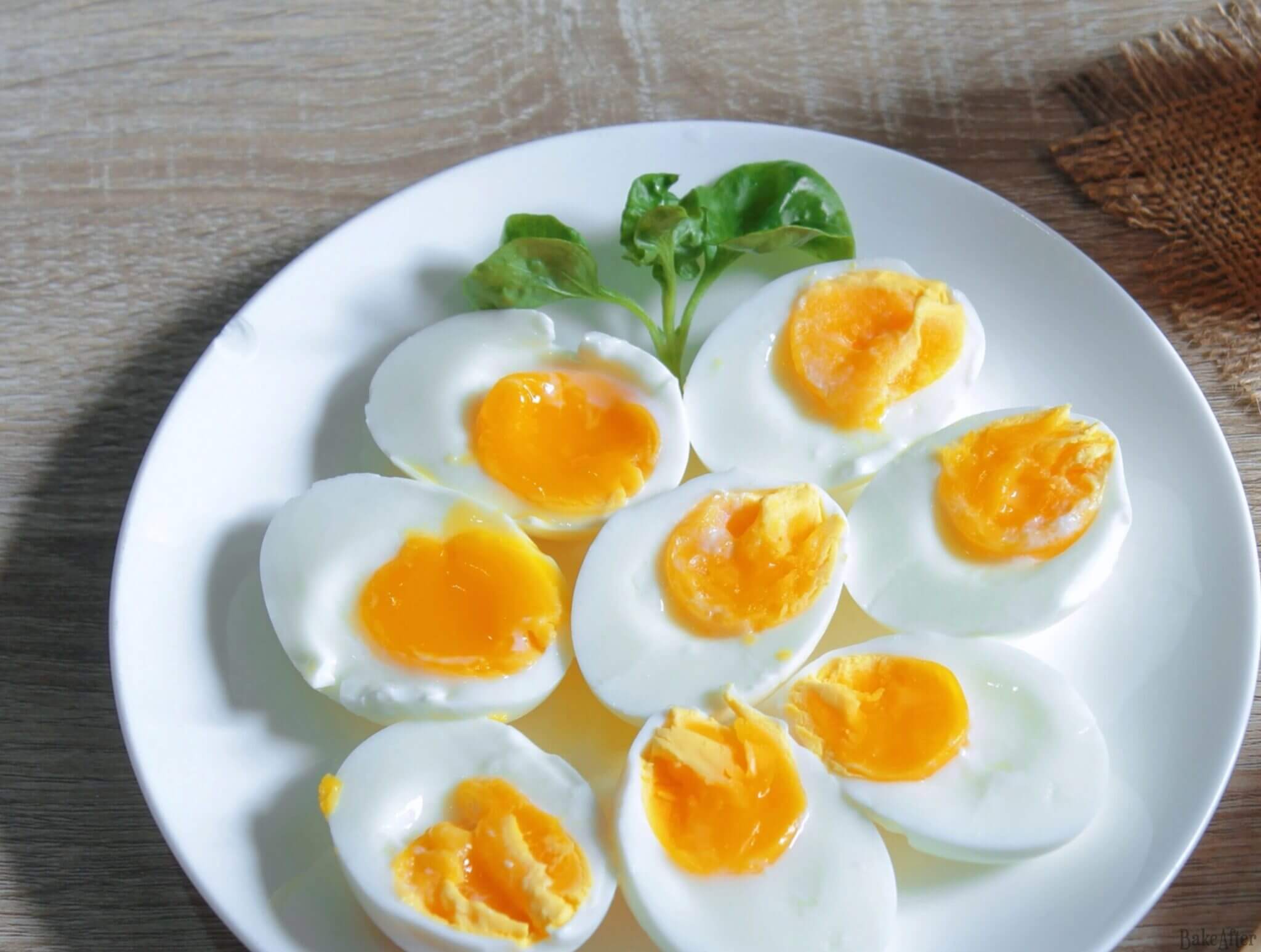
Boiled Eggs
Soft-Boiled
Perfect for dipping toast soldiers into! The white is set but the yolk is still runny.
How to do it: Bring water to a boil, gently lower in room-temperature eggs, and cook for 6-7 minutes. Transfer immediately to ice water to stop cooking. The timing is crucial here – even 30 seconds can make a difference.
Medium-Boiled
The yolk is partially set but still creamy and jammy – great for salads or eating on its own.
How to do it: Same method as soft-boiled, but cook for 8-9 minutes. You’ll get that perfect jammy yolk texture that’s Instagram-worthy.
Hard-Boiled
Completely set throughout. Perfect for deviled eggs, egg salad, or just eating with a little salt.
How to do it: Boil for 10-12 minutes, then ice bath. For easier peeling, use eggs that are at least a week old and add a bit of baking soda to the water.
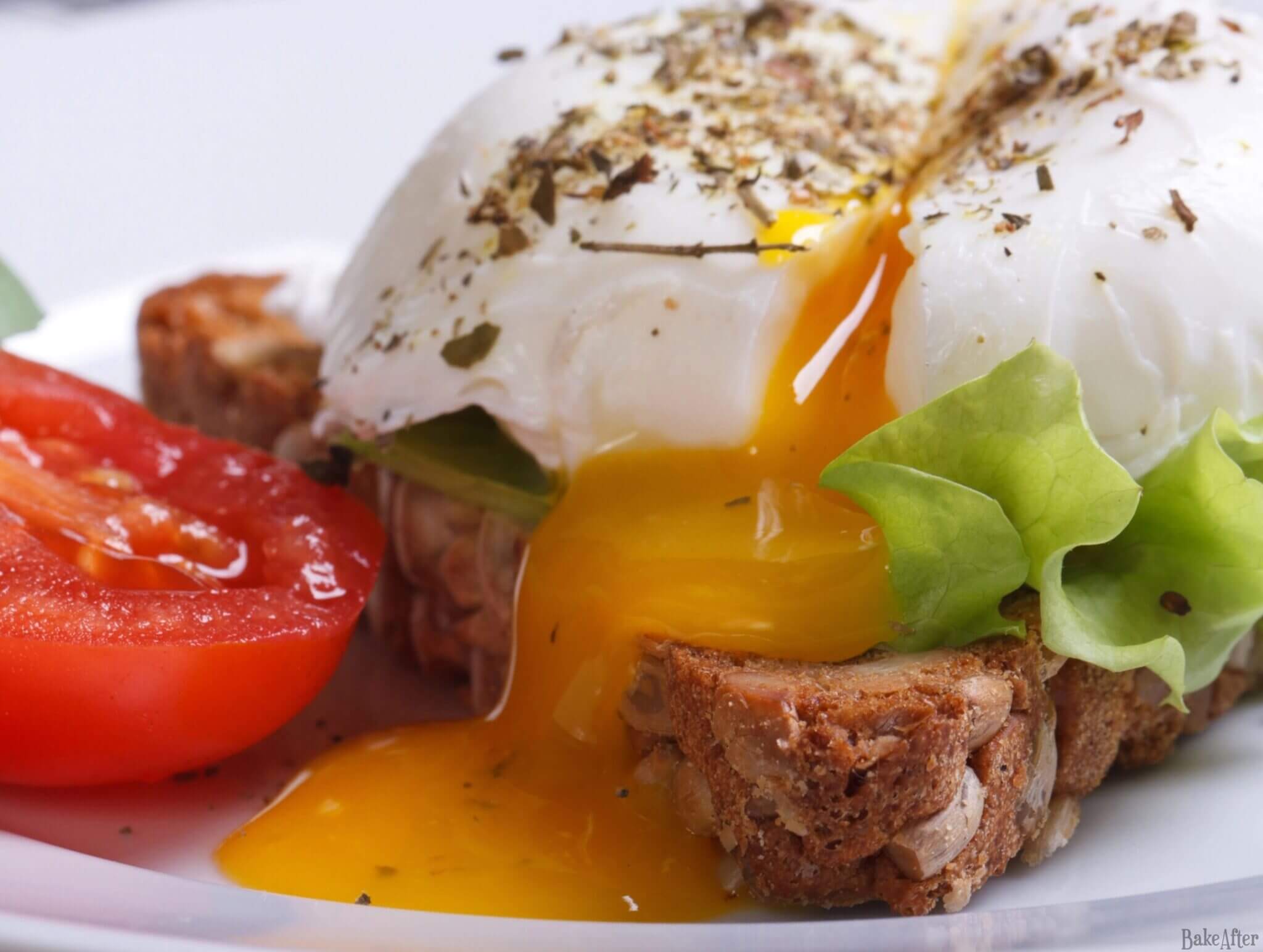
Poached Eggs
This is where things get a little fancy, but don’t be intimidated! A perfectly poached egg with that silky white and runny yolk is a thing of beauty.
How to do it: Bring water to a gentle simmer with a splash of vinegar (helps the whites stay together). Crack each egg into a small bowl first. Create a gentle whirlpool in the water and carefully drop the egg into the center. Cook for 3-4 minutes for runny yolks. Lift out with a slotted spoon.
Baked/Shirred Eggs
These are eggs baked in the oven, often in individual ramekins. Super elegant and hands-off.
How to do it: Butter your ramekins, crack in an egg or two, add a splash of cream if you want, and bake at 375°F for about 12-15 minutes until the white is set but yolk is still runny.
Steamed Eggs
Popular in Asian cooking, these create incredibly silky, custard-like eggs.
How to do it: Beat eggs with warm stock or water (about 1:1 ratio), strain out any bubbles, and steam covered for about 10-12 minutes until just set.
Coddled Eggs
Similar to poached but cooked in their shell in a special coddling cup, or you can improvise with small jars.
How to do it: Butter your coddling cup, crack in an egg, add seasonings, cover, and cook in simmering water for about 8-10 minutes.
Deviled Eggs
OK, this is technically a preparation rather than a cooking method, but they deserve a mention!
How to do it: Hard-boil eggs, cut in half, remove yolks, mix yolks with mayo, mustard, and seasonings, then pipe back into the whites.
Egg Salad
Another preparation, but such a classic way to use eggs!
How to do it: Chop hard-boiled eggs, mix with mayo, mustard, celery, and seasonings. Perfect for sandwiches.
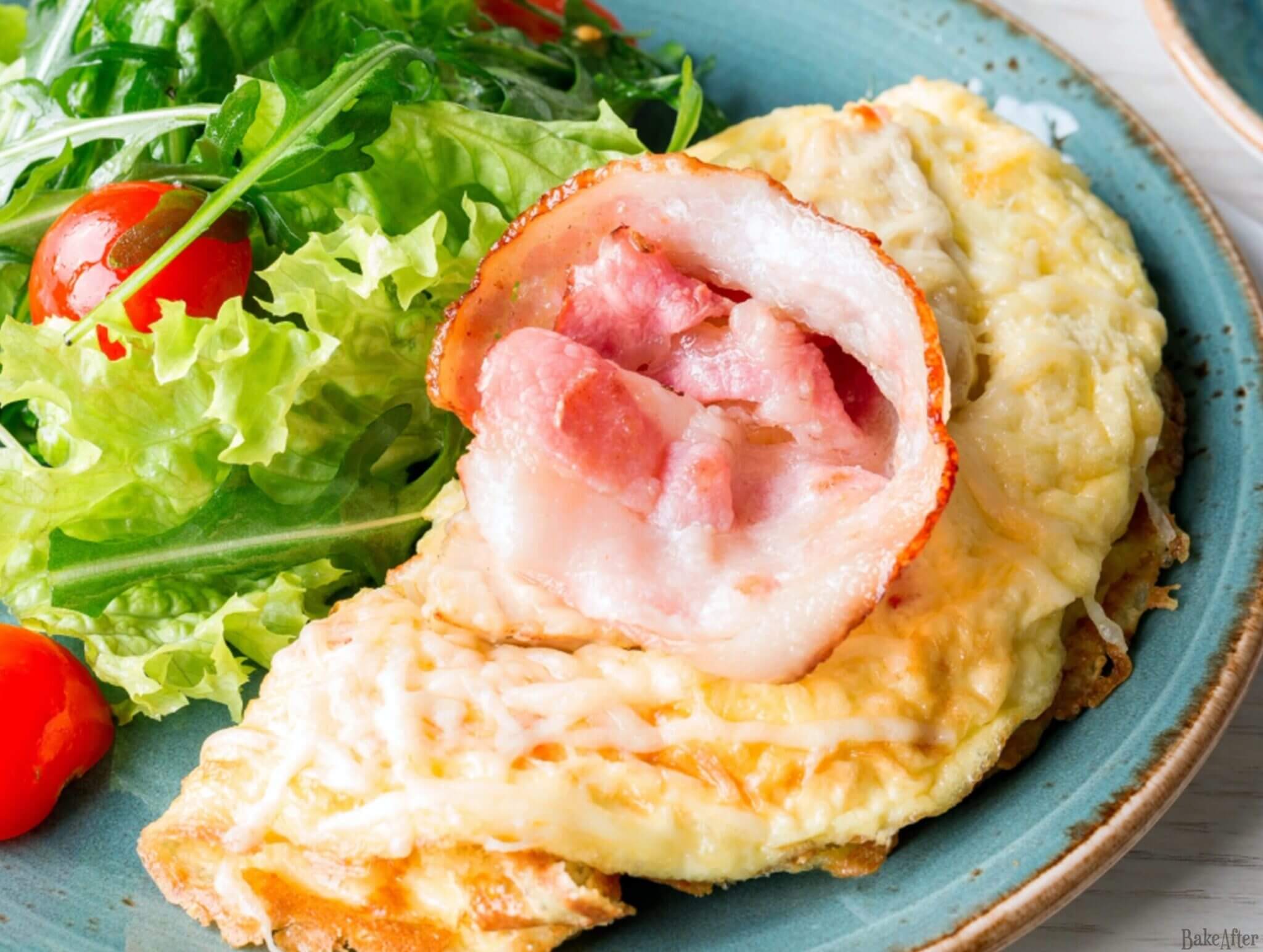
Omelets
Basic Omelet
A folded egg “envelope” that you can fill with whatever you like.
How to do it: Beat 2-3 eggs, pour into a heated, buttered pan, and let the bottom set while stirring the top slightly. Add fillings to one half, then fold over and slide onto plate.
French Omelet
Super smooth and creamy, with no browning.
How to do it: Similar technique but keep the heat lower and keep the eggs moving constantly for a very smooth, pale yellow result.
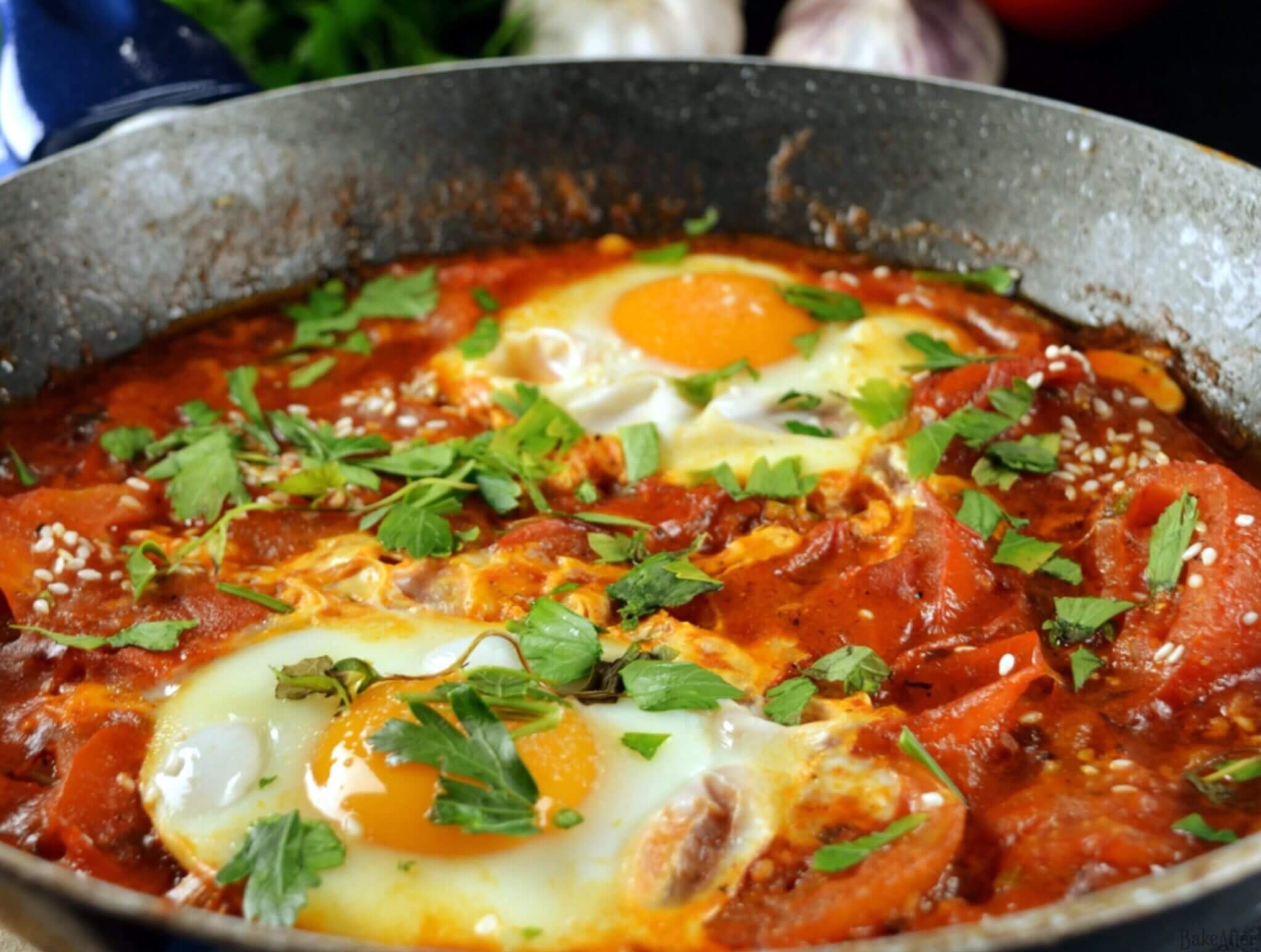
Tips and Tricks for Perfect Eggs Every Time
- Temperature is everything: Most egg disasters happen because of too-high heat. When in doubt, go lower and slower – you can always turn up the heat if needed, but you can’t uncook an overcooked egg.
- Room temperature eggs cook more evenly: If you’re not in a rush, take your eggs out of the fridge 30 minutes before cooking. Cold eggs can cook unevenly.
- Fresh eggs hold together better: For poaching especially, fresher eggs have firmer whites that won’t spread out as much in the water.
- Salt timing matters: Salt your eggs before cooking for more intense flavor and tender texture, or after cooking for firmer texture and more even seasoning.
- Add liquid for fluffier eggs: A splash of water, milk, or cream (about 1 tablespoon per egg) makes scrambled eggs fluffier and more tender.
- Remove from heat early: Eggs keep cooking even after you take them off the heat. Pull them when they’re slightly underdone – they’ll finish cooking perfectly.
- The water test: Not sure if your pan is hot enough? Sprinkle a few drops of water in it. If they dance and evaporate quickly, you’re good to go.
- Use the right pan: A good non-stick pan makes all the difference, especially for delicate preparations like omelets or over-easy eggs.
- Don’t be afraid to start over: If your oil starts smoking, your eggs are cooking too fast, or things go sideways, just start over. Eggs are cheap, and it’s better to waste one egg than eat a rubbery mess!
- Practice makes perfect: Like anything in cooking, the more you make eggs, the better you’ll get at reading the signs and timing everything just right.
The best part about cooking eggs is that even the “mistakes” are usually still pretty tasty. So don’t stress too much about getting everything perfect right away – just have fun with it and try different methods until you find your favorites!
Quick Reference Guide → Egg Cooking Methods
| Method | Heat Level | Temperature | Common Tools | Typical Result |
|---|---|---|---|---|
| Sunny Side Up | Medium-Low | 300-325°F (149-163°C) | Non-stick pan, spatula | White set, yolk runny, golden bottom |
| Over Easy | Medium-Low | 300-325°F (149-163°C) | Non-stick pan, spatula | White set, yolk runny, lightly cooked top |
| Over Medium | Medium-Low | 300-325°F (149-163°C) | Non-stick pan, spatula | White set, yolk partially set/jammy |
| Over Hard | Medium-Low | 300-325°F (149-163°C) | Non-stick pan, spatula | White and yolk completely set |
| Regular Scrambled | Medium | 325-350°F (163-177°C) | Non-stick pan, spatula | Fluffy curds, fully set |
| Soft Scrambled | Low | 250-275°F (121-135°C) | Non-stick pan, spatula | Very creamy, barely set curds |
| French Scrambled | Low | 200-250°F (93-121°C) | Heavy-bottom pan, spatula | Ultra-creamy, sauce-like texture |
| Soft-Boiled | Boiling Water | 212°F (100°C) | Pot, timer, ice bath | White set, yolk runny |
| Medium-Boiled | Boiling Water | 212°F (100°C) | Pot, timer, ice bath | White set, yolk jammy/creamy |
| Hard-Boiled | Boiling Water | 212°F (100°C) | Pot, timer, ice bath | White and yolk completely set |
| Poached | Simmering Water | 185-190°F (85-88°C) | Deep pot, slotted spoon, vinegar | White set, yolk runny, no shell |
| Shirred/Baked | Oven | 375°F (190°C) | Ramekins, oven | White set, yolk runny, custard-like |
| Frittata | Stovetop + Oven | 350°F (177°C) oven | Oven-safe skillet | Thick, fluffy, slice-able |
| Baked (Muffin Tin) | Oven | 350°F (177°C) | Muffin tin | Individual portions, customizable doneness |
| Steamed | Steam | 212°F (100°C) steam | Steamer, bowls | Silky, custard-like texture |
| Coddled | Simmering Water | 185°F (85°C) | Coddling cups or small jars | Soft, delicate texture |
| Basic Omelet | Medium-Low | 300°F (149°C) | Non-stick pan, spatula | Folded, fluffy, golden outside |
| French Omelet | Low-Medium | 275-300°F (135-149°C) | Non-stick pan, fork/spatula | Pale, creamy, smooth exterior |
| Pickled | Cold Storage | 35-40°F (2-4°C) | Glass jars, vinegar brine | Tangy, firm, preserved |
| Egg Drop | Simmering Broth | 185°F (85°C) | Pot, whisk | Silky ribbons in broth |
| Tamago | Medium-Low | 300°F (149°C) | Rectangular pan (makiyakinabe) | Sweet, layered, firm blocks |
